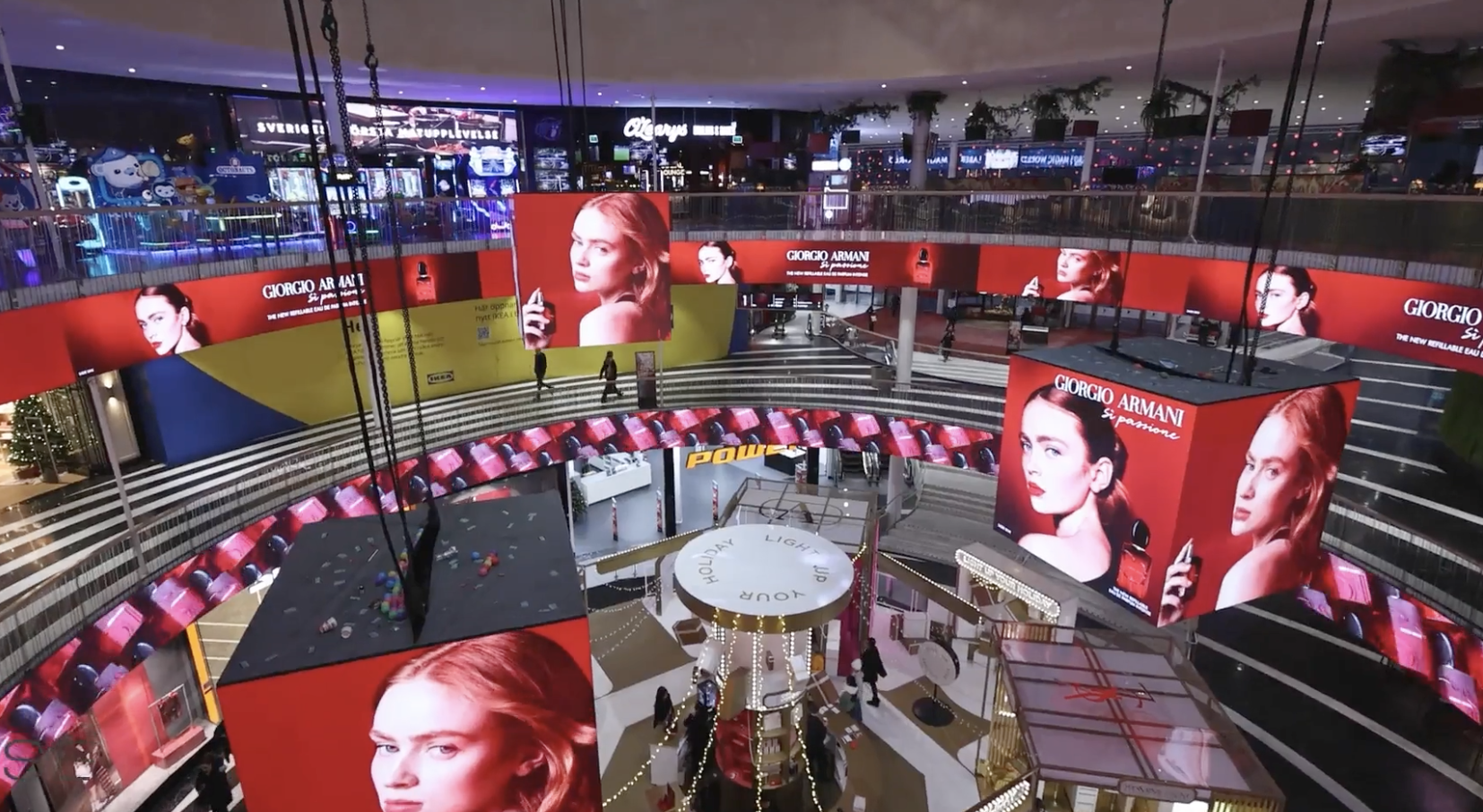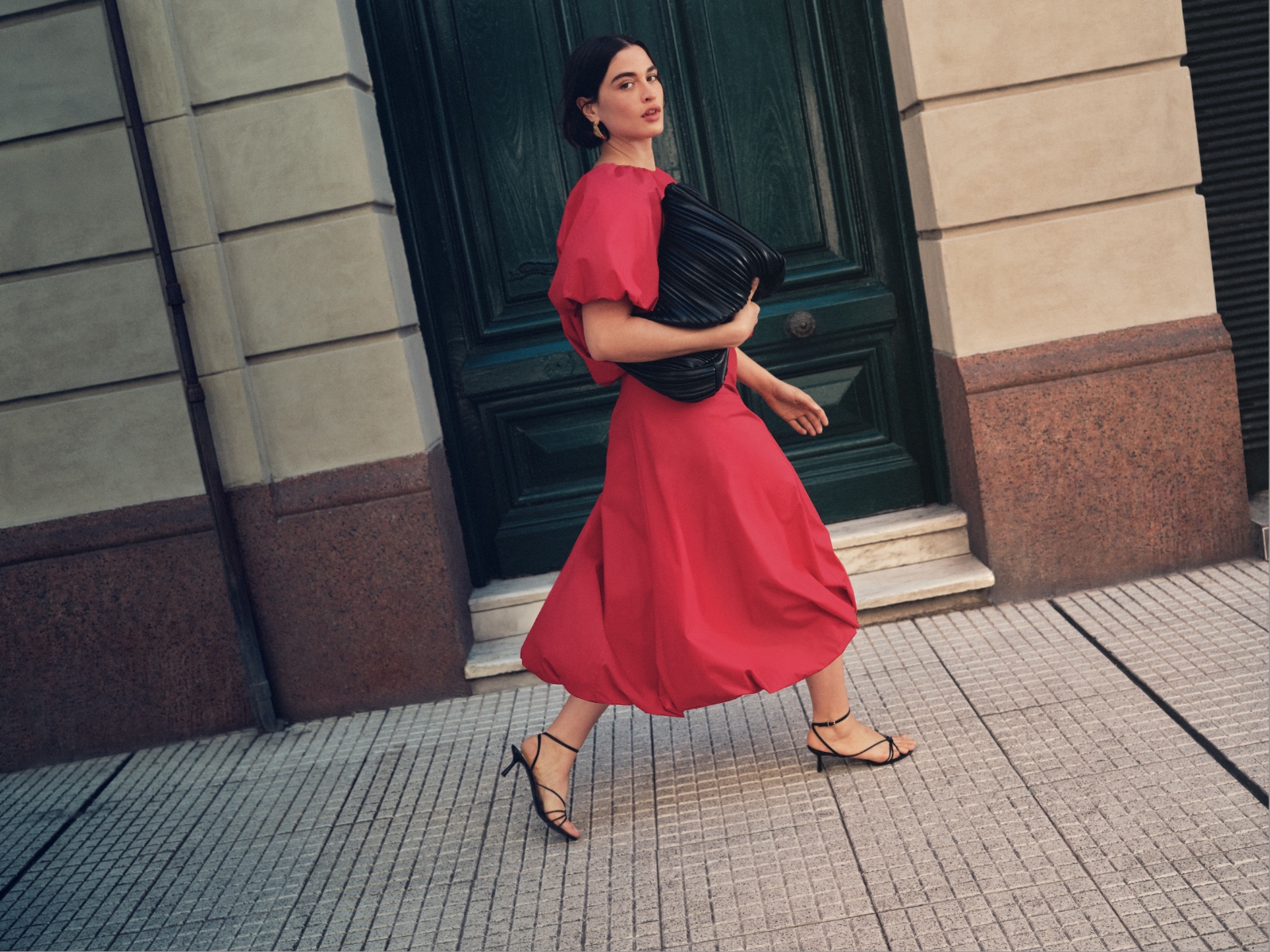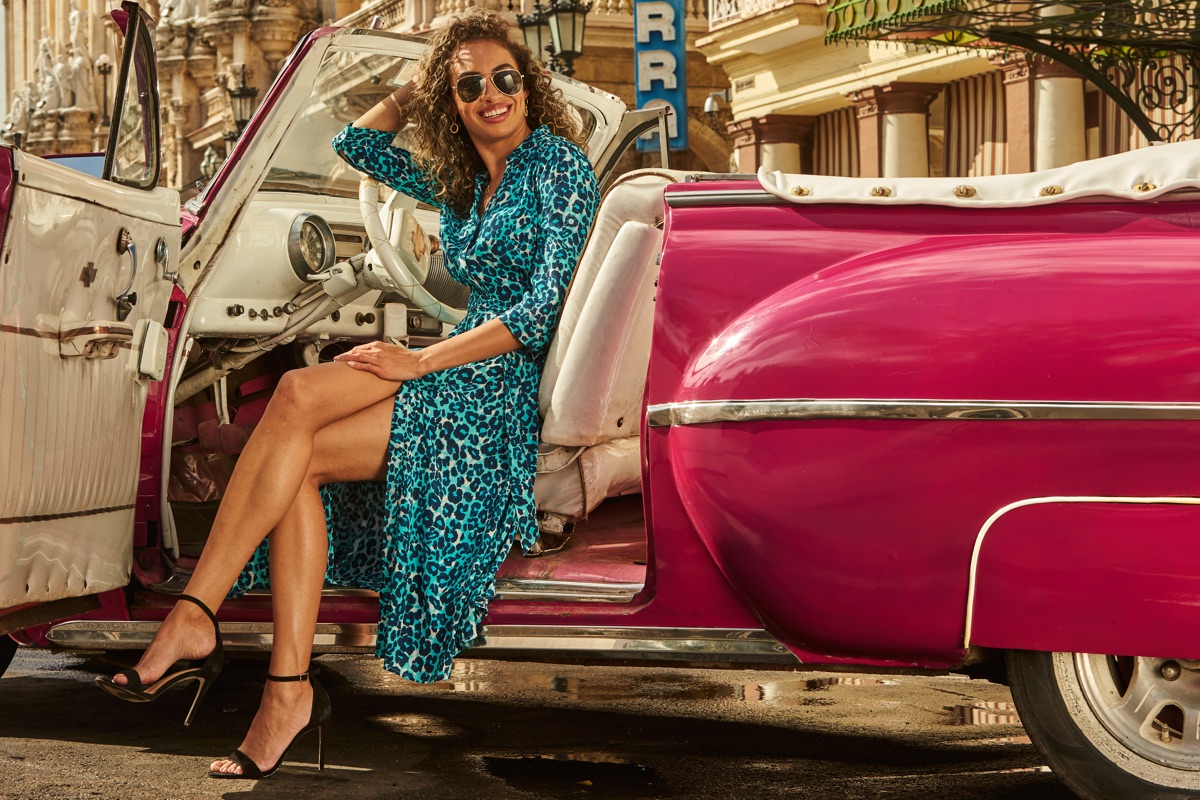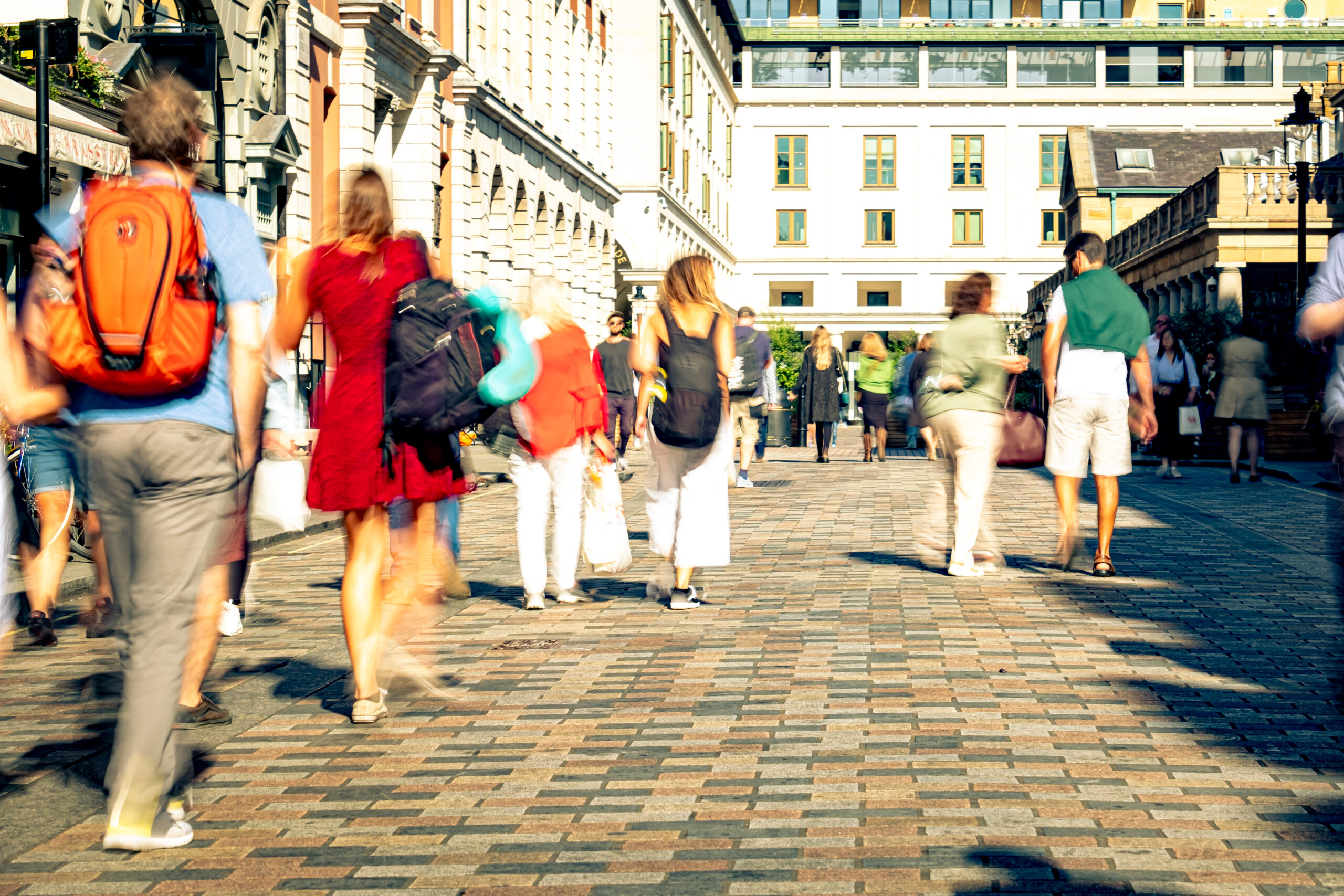Zara, the Spain-headquartered fast-fashion retailer, has long innovated with its merchandising and promotion tactics and, in the past year, that push has continued.
Perhaps the most striking work it does is in using test facilities, pop-ups and prototypes to explore and refine its approach to selling.
In April of 2018, it launched an augmented reality (AR) add-on to its app that allows shoppers to see the clothes they are examining ‘come to life’. The embedded tool works by allowing shoppers in-store and online to hold the app over certain signs and see models wearing the clothes move about on the screen. These models can (and do) even talk about the clothes. Plus, naturally, all of the outfits can be purchased via a single tap of the app.
Another merchandising move by Zara that’s notable is its opening of a store at Westfield Stratford City in London dedicated to click-and-collect orders. The store opened in January 2018 for a four-month run while the refurbishment and extension of the company’s existing flagship store at the centre continued.
Staff at the store were equipped with mobile devices to assist customers, who received orders on the same day if ordering before 2pm. The store also embedded technology to help recommend items to customers, with information screens embedded into mirrors triggered by RFID.
As it enters new markets in Africa in particular, Zara is also trying out several new approaches. It is curating collections of its merchandise, as well as developing visual tours it labels ‘stories’. Turnover of stock will also drive its approach, with a roll-out of new offerings in its collections for men, women and children happening twice each week.
Zara’s embrace of testing is also in evidence in the ‘secret’ pilot stores it runs at its Spanish HQ. It uses the stores to mock up and try out future store designs, employing a full-time team of architects and visual merchandising experts to curate and work on the stores, from decor to lighting choices to music to the positioning and display of the clothes.
There is a pilot store for each of the retailer’s core categories: women’s, men’s, home and the trendy TRF range aimed at younger customers.
Zara’s emphasis on merchandising is in part a reflection of its decision not to run conventional advertising. It means the stores and its websites effectively serve as the public face of the brand – and have to deliver personality as well as individual sales.





